Transparent & Invisible Displays — TVs, signage, and ambient
1. Introduction: A New Era of See-Through Screens
The digital world has long been defined by glowing rectangles — phones, monitors, and TVs. But the next revolution is transparency. Imagine a world where your TV blends into your living room wall like glass, or your store window doubles as an interactive screen. Welcome to the age of transparent and invisible displays — where technology becomes ambient, seamless, and almost magical.
As of 2025, major tech giants like LG Display, Samsung, BOE, and Xiaomi are commercializing transparent OLED TVs, smart retail signage, and even concept vehicles featuring glass dashboards. This technology is redefining how we experience digital content, erasing the boundaries between physical and virtual.
2. What Are Transparent & Invisible Displays?
Transparent displays are screens that allow light to pass through, making them see-through even while showing images, videos, or interactive content. They can be glass panels, OLEDs, or LCDs modified for transparency.
Invisible displays, on the other hand, are screens that remain hidden until powered on — blending perfectly with the environment (like mirrors, furniture, or walls).
These innovations belong to a broader category called ambient technology — tech that quietly integrates into daily surroundings instead of standing out.
3. How They Work — The Technology Explained
Transparent and invisible displays rely on materials and light control mechanisms that maintain clarity while showing digital content. Here’s how:
| Technology | Description | Key Feature |
|---|---|---|
| Transparent OLED (TOLED) | Uses self-emissive pixels without needing a backlight, allowing light to pass through. | High contrast, vivid colors, thin form factor. |
| Transparent LCD | Uses liquid crystals with a transparent backlight or edge-lighting. | Lower contrast but cheaper than OLED. |
| Micro-LED | Tiny LEDs embedded in transparent substrates. | Excellent brightness and efficiency (still emerging). |
| Smart Glass / Electrochromic Panels | Glass that can switch between transparent and opaque with voltage. | Ideal for privacy + projection. |
Transparent OLED (TOLED) currently leads for premium applications like TVs and retail signage. Smart glass dominates architectural uses.
4. Transparent Display Types: OLED, LCD, Micro-LED & Smart Glass
4.1 Transparent OLED (TOLED)
- Best for: TVs, digital signage, luxury retail.
- Advantages: True blacks, high color accuracy, thin and flexible.
- Example: LG Signature OLED T — launched 2024, world’s first wireless transparent OLED TV.
4.2 Transparent LCD
- Best for: Kiosks, vending machines, exhibition displays.
- Advantages: Affordable, scalable, brighter in sunlight.
- Limitation: Requires external backlighting.
4.3 Transparent Micro-LED
- Best for: Future high-brightness applications (automotive, outdoor).
- Advantages: Extreme brightness, durability.
- Limitation: Expensive manufacturing.
4.4 Smart Glass / Switchable Glass
- Best for: Architectural integration, conference rooms, smart homes.
- Advantages: Can toggle opacity, privacy + projection surface.
- Limitation: Not a true display — used for ambient or projected visuals.
5. Invisible Displays: From Magic Mirrors to Hidden Screens
Invisible displays blend technology seamlessly into decor — only appearing when needed.
Examples:
- Mirror Displays: Used in luxury bathrooms, gyms, and retail fitting rooms (e.g., “smart mirrors” with AR try-on).
- Projection-Based Hidden Screens: Embedded in walls, furniture, or windows; only visible when activated.
- Xiaomi Mi TV LUX Transparent Edition: World’s first mass-produced transparent TV (2020), re-emerging in 2025 with AI-enhanced picture optimization.
Invisible displays represent a design philosophy: technology that disappears until you need it.
6. Transparent Displays in Consumer Electronics (TVs & Smart Homes)
Transparent TVs are no longer prototypes — they’re reality. In 2025, both LG and Samsung showcased transparent OLED TVs that merge art, glass, and display technology.
6.1 Transparent TVs
- Mounted on glass walls or freestanding frames.
- When off → nearly invisible.
- When on → display 4K/8K visuals floating in mid-air.
- Integrated with AI upscaling, Dolby Vision, wireless video transmission, and smart home assistants.
6.2 Smart Home Integration
Transparent displays can serve as:
- Interactive control panels (for lighting, HVAC, or entertainment).
- Digital art frames or ambient screens.
- Privacy glass that doubles as display.
- Information dashboards (weather, security, energy use).
Example: Panasonic’s “Invisible TV” concept (now commercialized in Japan) integrates into furniture and walls, disappearing when inactive.
7. Retail & Commercial Signage Applications
Retailers are among the earliest adopters of transparent and invisible displays.
| Use Case | Description | Example |
|---|---|---|
| Storefront Windows | Transparent signage for promotions without blocking visibility. | Adidas, Nike flagship stores. |
| Museum & Exhibition Displays | Digital info layered on artifacts or models. | Smithsonian Interactive Exhibits. |
| Vending Machines | Transparent LCD showing ads while revealing contents. | Coca-Cola Smart Vending. |
| Luxury Retail | Jewelry & automotive showrooms using TOLED for immersive branding. | Lexus, Cartier. |
These screens attract attention while maintaining spatial openness — a balance between physical and digital marketing.
8. Automotive & Transportation Uses
Transparent displays are revolutionizing how we interact with vehicles.
8.1 Transparent HUDs (Heads-Up Displays)
- Projects navigation and vehicle data onto windshield.
- Reduces driver distraction.
- Used by Tesla, BMW, and Mercedes.
8.2 Smart Windows & Dashboards
- Transparent OLED panels embedded into side or rear windows for infotainment.
- Concept cars (like BMW i Vision Dee) showcase full-window AR displays.
8.3 Aviation & Public Transport
- Transparent information screens in aircraft cabins, airports, and metro stations.
- Improves navigation and passenger engagement.
9. Architecture, Interior Design & Ambient Experiences
Transparent displays are reshaping how spaces communicate.
9.1 Smart Offices
- Conference room glass walls that become displays.
- Dynamic privacy glass for meetings.
- Transparent dashboards for energy and building analytics.
9.2 Homes
- Windows that turn into entertainment or information panels.
- Transparent kitchen backsplashes with recipe displays.
- Mirror screens integrated into wardrobes or fitness walls.
9.3 Museums & Art
- Transparent storytelling layers over exhibits.
- “Living” glass art installations with ambient motion visuals.
This convergence of architecture and technology is defining ambient computing — where information flows naturally in the environment.
10. Benefits & Advantages
| Benefit | Description |
|---|---|
| Aesthetics | Minimalist, futuristic design; technology that disappears. |
| Space Efficiency | No need for bulky screens — integrated into windows or glass. |
| Transparency & Visibility | Keeps open spaces open; suitable for retail and architecture. |
| Energy Savings | OLED & Micro-LED panels can be power-efficient. |
| Versatility | Functions as both display and architectural element. |
| Customer Engagement | Captivating visual experience for advertising and art. |
Transparent displays combine utility + art + tech, making them perfect for smart spaces.
11. Challenges & Limitations
Despite the hype, challenges remain.
- Brightness & Contrast: Transparent screens struggle in bright ambient light.
- Cost: Transparent OLED panels remain expensive to produce.
- Durability: Sensitive materials prone to moisture damage.
- Limited Color Depth: Some models can’t achieve full HDR range.
- Privacy & Glare: Transparency may reduce viewing comfort.
- Manufacturing Yield: Producing large transparent panels with uniform pixel performance is complex.
Overcoming these will determine how quickly mainstream adoption happens.
12. Market Overview & Growth (2025–2030)
Market Highlights:
- Global Transparent Display Market (2025): ~USD 10.2 billion, projected to reach USD 35 billion by 2030.
- CAGR (2025–2030): 27% (Source: Global Market Insights).
- Key Growth Sectors: Retail signage (40%), Automotive (20%), Consumer Electronics (25%), Architecture (15%).
- Asia-Pacific leads production (South Korea, China, Japan).
Major Players:
LG Display | Samsung | Panasonic | BOE | Sony | Xiaomi | Leyard | Pro Display
13. Major Brands & Innovations (2025 Update)
| Brand | Product | Innovation |
|---|---|---|
| LG Display | Transparent OLED T | Wireless 77-inch see-through TV launched CES 2024. |
| Samsung | Transparent Micro-LED prototype | First ultra-bright transparent display for signage. |
| Xiaomi | Mi TV LUX Transparent Edition 2 | Affordable consumer version of transparent OLED. |
| BOE | 55-inch Transparent 4K OLED | Focused on retail showcases. |
| Panasonic | Invisible TV | Blends with furniture; launched Japan 2025. |
These companies are pushing transparency from niche to mainstream, leveraging AI picture processing and wireless power for cleaner designs.
14. The Role of AI & IoT in Transparent Displays
Artificial Intelligence and the Internet of Things (IoT) are key enablers of transparent and invisible display systems.
14.1 AI Enhancements
- Content Optimization: Real-time brightness and contrast adjustment based on background lighting.
- User Recognition: Face or voice recognition for personalized interfaces.
- Predictive Display Control: Ambient context awareness (when someone approaches, display wakes).
14.2 IoT Connectivity
- Integrates with smart homes, retail analytics, and vehicle systems.
- Enables multi-device synchronization — e.g., smart glass, lighting, and voice assistants working together.
Together, AI + IoT make transparent displays part of an intelligent ecosystem rather than standalone screens.
15. Environmental & Energy Impact
Transparent displays are not just aesthetic — they can be more sustainable.
- OLED and Micro-LED Efficiency: Self-emissive pixels reduce power compared to LCD.
- Smart Glass: Can lower building cooling costs by controlling sunlight.
- Reduced Material Waste: One surface serving dual functions (window + display).
- Eco-friendly Materials: Industry shifting toward recyclable glass and non-toxic compounds.
However, manufacturing transparent OLEDs is still energy-intensive; recycling remains a challenge.
16. Future Predictions: The Next 10 Years
- Mainstream Smart Homes (by 2030): Transparent panels in windows and walls.
- AR + Transparent Displays: Seamless augmented reality through smart glass.
- Mass-Market Transparent TVs: Falling prices as yields improve.
- Vehicle Integration: Entire windshields as AR dashboards.
- Public Infrastructure: Transparent transit maps, advertising glass.
- Invisible Computing: Devices hidden in plain sight — powered by ambient intelligence.
By 2035, transparent displays may be as common as LED lighting today — blending into everything from homes to skyscrapers.
17. Buyer Guide: What to Know Before You Invest
| Factor | Why It Matters | What to Check |
|---|---|---|
| Display Type | Determines brightness, contrast, cost. | OLED vs LCD vs Smart Glass. |
| Transparency Level | Affects visibility and clarity. | 30–70% transparency typical. |
| Ambient Light Conditions | Impacts visibility. | Avoid direct sunlight. |
| Size & Installation | Larger panels may need custom mounts. | Consult manufacturer. |
| Price Range (2025) | From $5,000–$40,000 depending on size and brand. | LG, BOE, or Xiaomi models differ widely. |
| After-Sales Support | Repairs and maintenance essential. | Choose authorized resellers. |
Pro Tip:
For commercial signage, transparent LCD is the most cost-effective.
For premium design or home integration, go with transparent OLED.
18. Conclusion: A Future You Can See Through
Transparent and invisible displays are not just screens — they are a new design language for the digital age. By merging glass, light, and data, these displays dissolve boundaries between physical and virtual worlds. From futuristic TVs to shop windows that tell stories, transparent displays symbolize the essence of ambient technology — digital intelligence that blends naturally into life.
In 2025 and beyond, the march toward transparency is unstoppable. As prices drop and AI integration deepens, these see-through wonders will move from luxury to everyday utility. The future is no longer behind a screen — it’s all around you, in glass, air, and light.
Share this content:
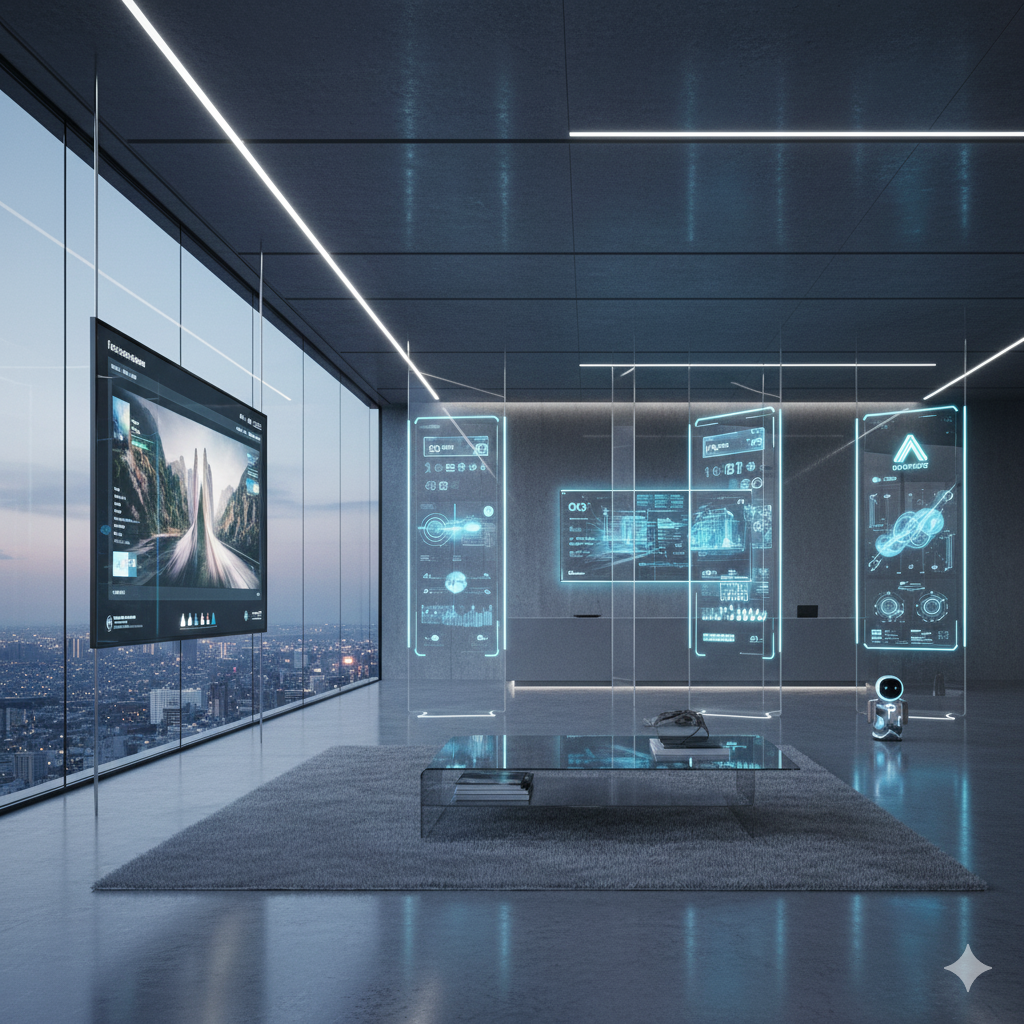
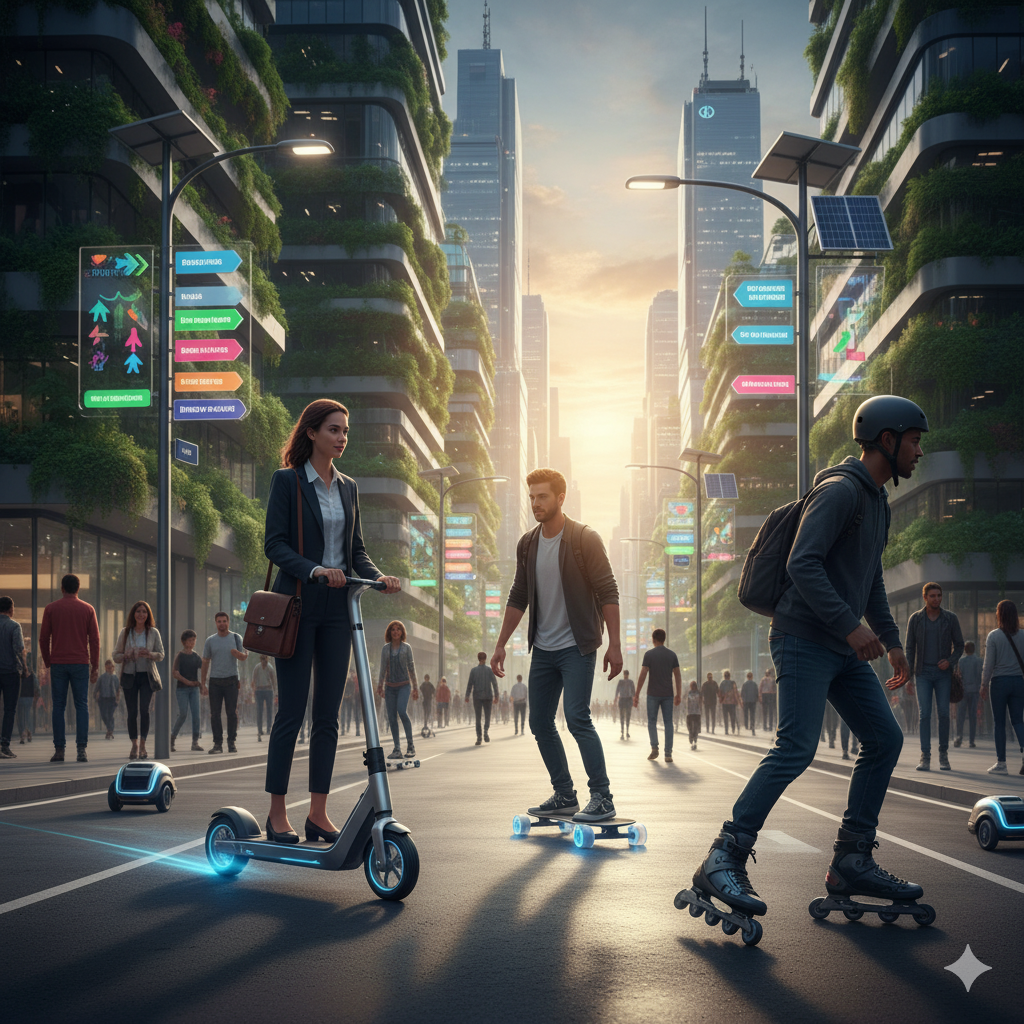
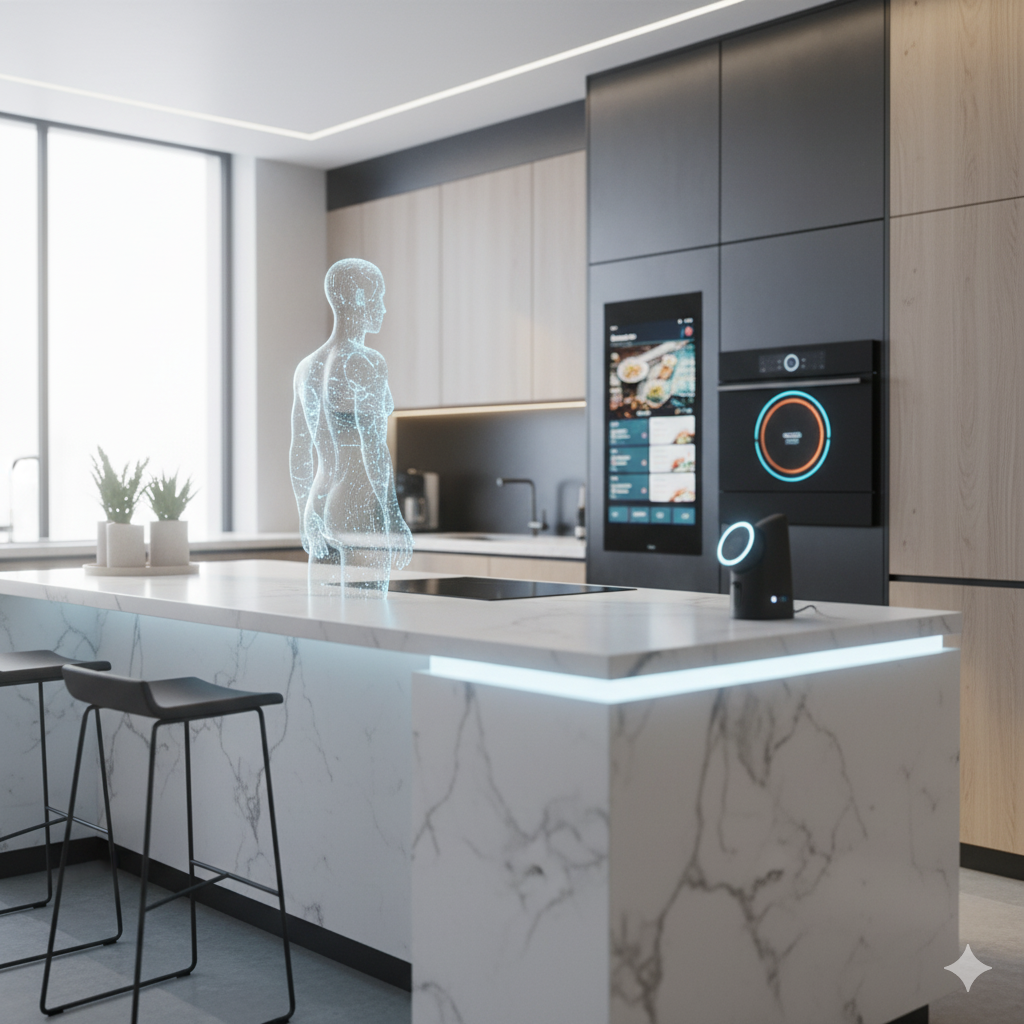
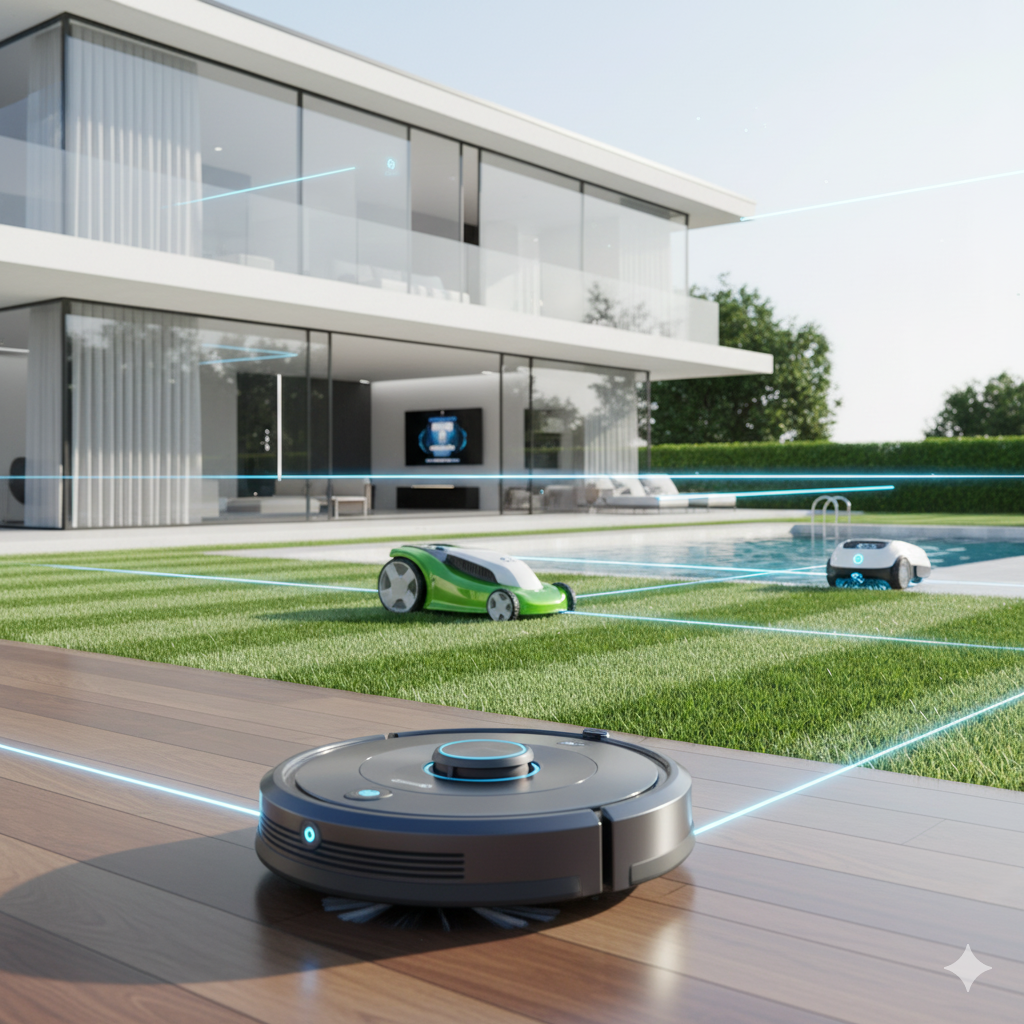
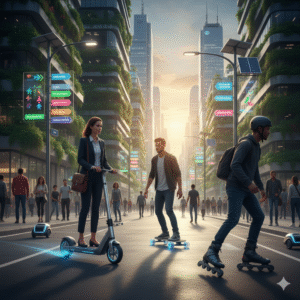
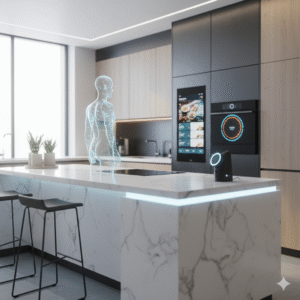
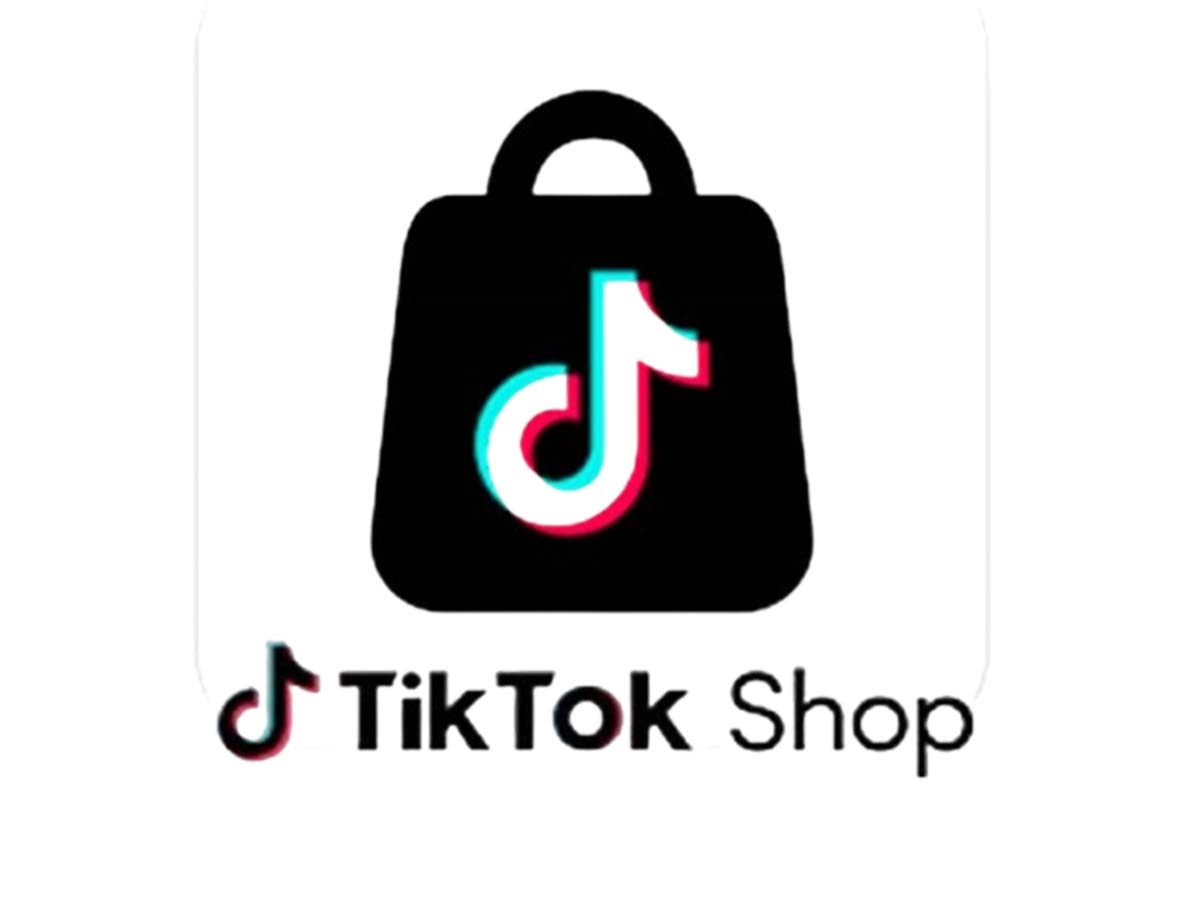


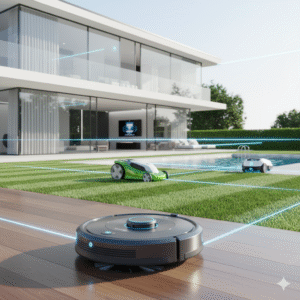
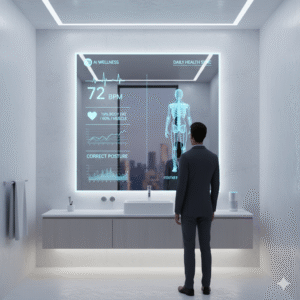

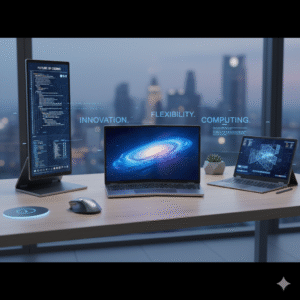
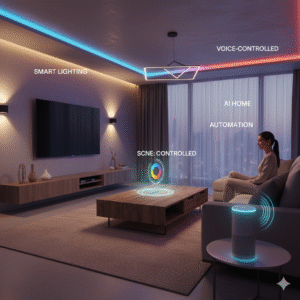
Post Comment